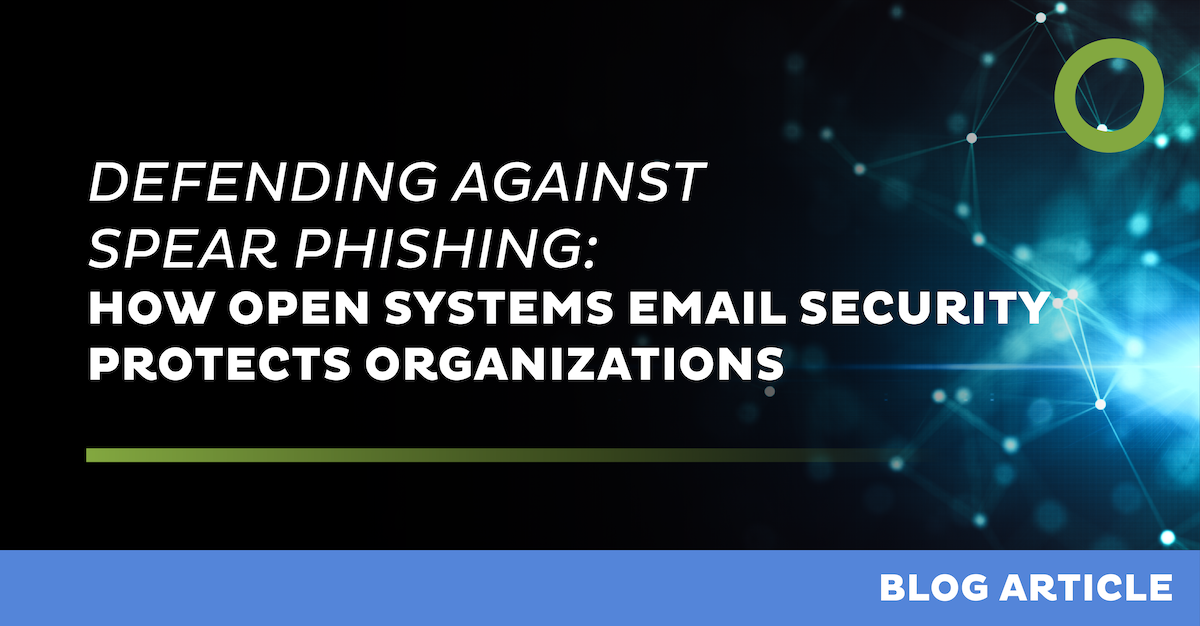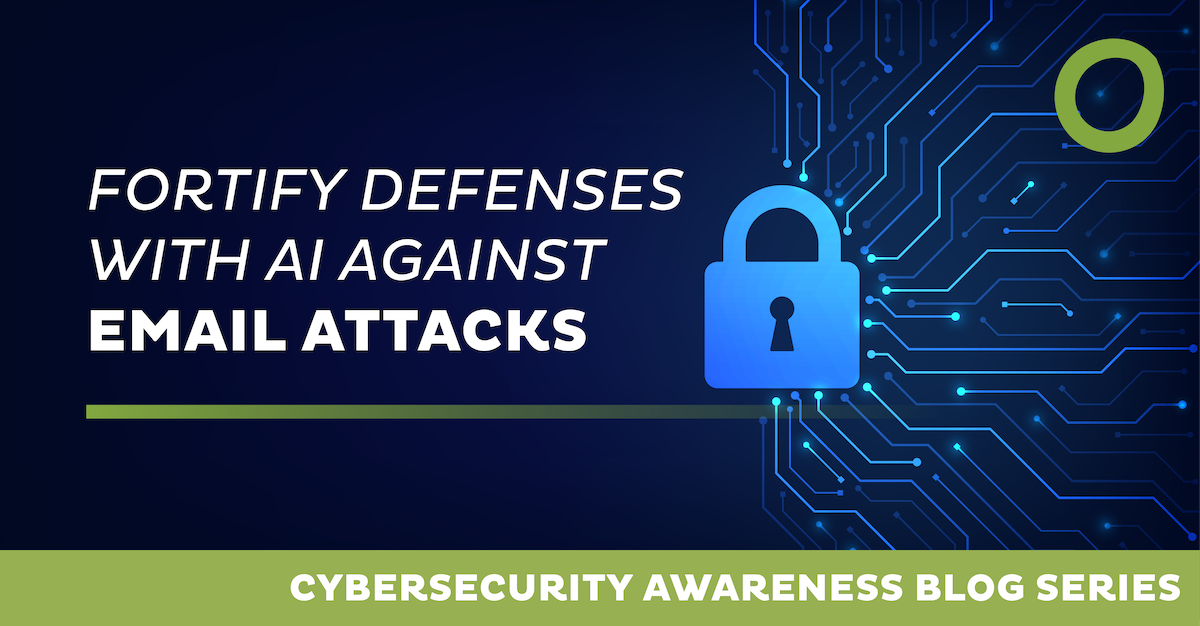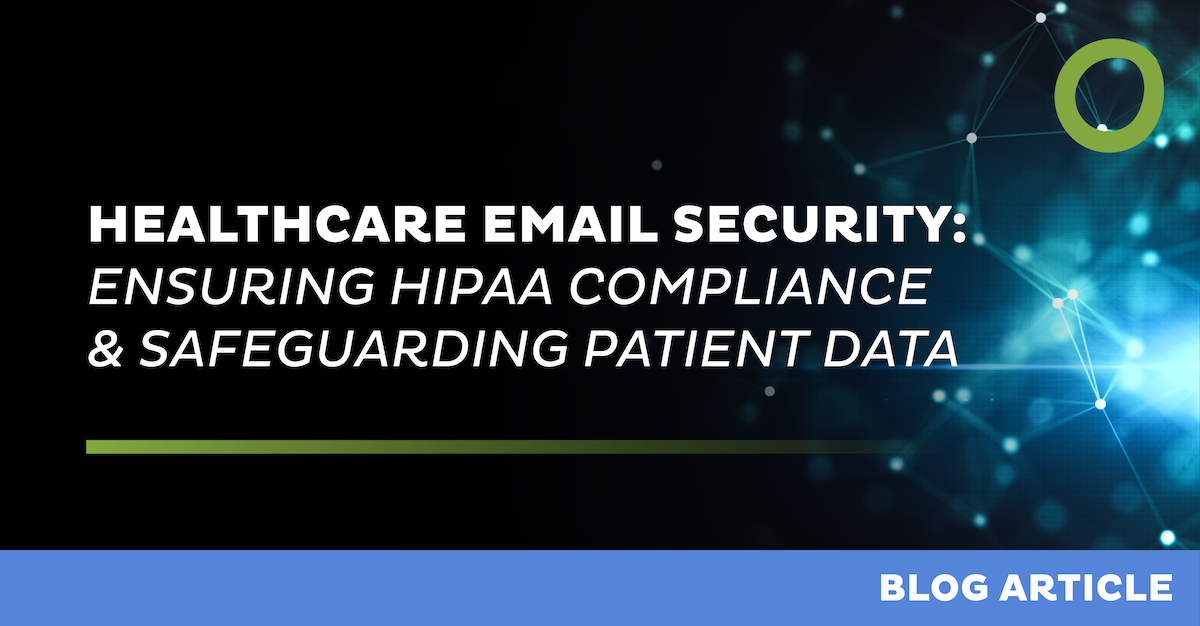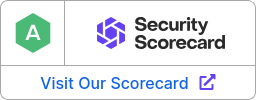
The Business Benefits of Secure Email Gateways

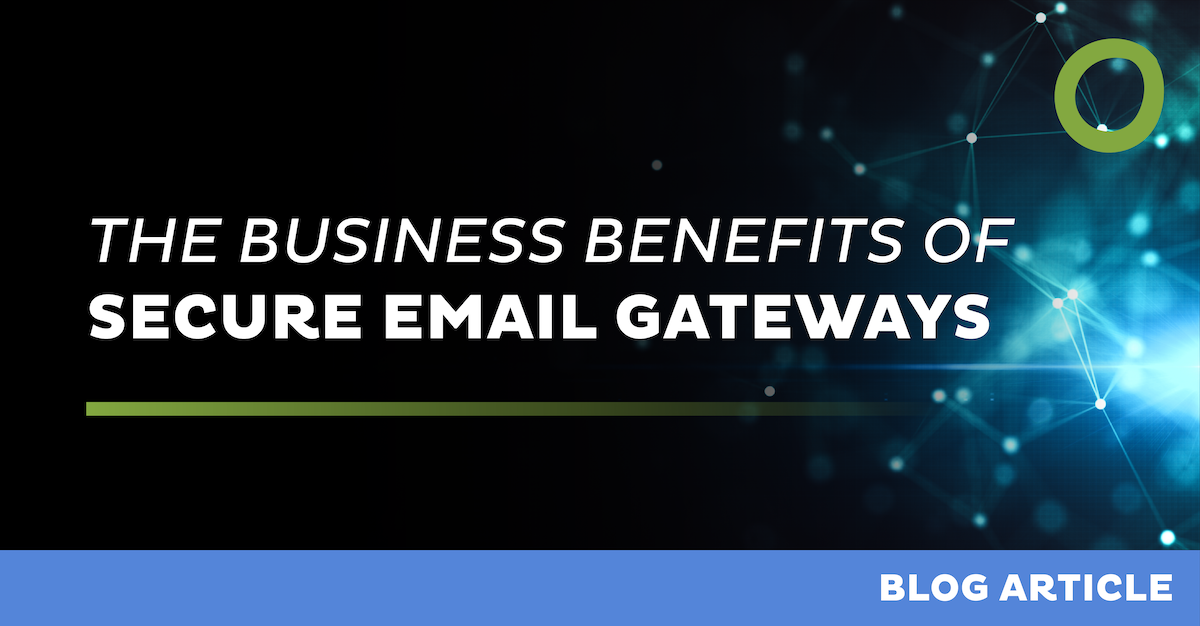
In an increasingly digital environment, email serves as an essential communication tool for businesses, while also posing significant cybersecurity risks. The need for effective email security has never been more crucial. Secure Email Gateways (SEGs) are common since the late 1990 and still relevant today as a vital component in safeguarding email communications against evolving threats.
Why Email Security Still Matters
The Evolving Threat Landscape
Cyber threats are continually evolving, with attackers becoming more sophisticated in their tactics. Email remains a primary entry point for cybercriminals, who employ methods such as phishing and malware attacks to compromise sensitive information. This ongoing threat necessitates robust email security solutions to protect organizations from potential breaches.
Business Impacts of Email-Based Attacks
The consequences of email-based attacks can be devastating. Financial losses from data breaches, coupled with the potential for lasting reputation damage, can severely impact an organization’s bottom line. Trust with customers can erode quickly when security incidents occur, making it vital for businesses to prioritize email security.
What Is a Secure Email Gateway?
Core Capabilities
A Secure Email Gateway (SEG) is specifically designed to protect email communications by acting as a barrier between the internet and an organization’s email servers. SEGs filter incoming and outgoing emails, detecting and blocking malicious content before it reaches users. Core capabilities of SEGs include spam filtering, phishing detection, and malware protection, ensuring a secure email environment.
SEG vs. Modern Alternatives (Like ICES)
While SEGs are highly effective, modern alternatives like Intelligent Cloud Email Security (ICES) are emerging. However, SEGs offer distinct advantages, including deeper integration with existing security infrastructures and extensive customization options. Understanding the differences helps organizations choose the right solution for their specific needs.
Key Benefits for Today’s Enterprise
Protection Against Phishing, Spoofing, and Malware
One of the primary advantages of implementing a SEG is its robust protection against threats such as phishing, spoofing, and malware. By employing advanced detection techniques, SEGs can effectively neutralize these threats, allowing organizations to safeguard sensitive data and maintain operational integrity.
Policy Enforcement and Compliance Support
SEGs play a crucial role in ensuring compliance with data protection regulations, such as GDPR and HIPAA. By enforcing policies that regulate email communications, organizations can adhere to legal standards and mitigate the risks associated with non-compliance.
Real-Time Detection and Threat Intelligence
With capabilities for real-time monitoring and alerts, SEGs provide valuable insights into emerging threats. The integration of threat intelligence allows organizations to stay informed about the latest risks and swiftly adapt their security posture to maintain protection.
How Secure Email Gateways Support Broader Business Goals
Strengthening Resilience and Business Continuity
Implementing a SEG strengthens an organization’s resilience and supports business continuity. By maintaining robust email security, SEGs minimize downtime, ensuring uninterrupted communication and operational stability.
Supporting Zero Trust and SASE Frameworks
SEGs align seamlessly with Zero Trust security models and Secure Access Service Edge (SASE) frameworks. By constantly enforcing mail identity checks and restricting email communications, organizations enhance their overall security posture and reduce vulnerabilities.
Empowering Security Teams with Visibility and Control
SEGs empower security teams by providing comprehensive visibility into email traffic and potential threats. With detailed analytics and reporting capabilities, IT teams can make informed decisions and respond effectively to incidents, enhancing overall security management.
Measuring the Impact of a Secure Email Gateway
KPIs for Email Security Performance
To assess the effectiveness of a SEG, organizations should track key performance indicators (KPIs) related to email security. Metrics such as the rate of detected threats, reduced incidents of phishing attacks, and user feedback can provide valuable insights into the SEG’s performance.
Demonstrating ROI to Business Stakeholders
Communicating the return on investment (ROI) of a SEG is essential for gaining support from business stakeholders. By presenting data on reduced cybersecurity incidents, enhanced compliance, and improved business continuity, organizations can clearly illustrate the value of their email security investments.
The Future of Modern Email Security
Reassessing Priorities in a Shifting Threat Landscape
As cyber threats continue to evolve, organizations must reassess their email security priorities. Staying ahead of emerging risks requires ongoing adjustments to security strategies and investments in new technologies.
What to Look for in a Scalable, Enterprise-Ready SEG
When selecting a SEG, organizations should consider features such as security controls granularity, integration capabilities, and support for evolving security needs. A robust, enterprise-ready SEG can adapt to changing business environments, ensuring continued protection for email communications as the organization grows.
In conclusion, the implementation of Secure Email Gateways is essential for organizations looking to strengthen their email security frameworks. By addressing the evolving threat landscape and supporting broader business goals, SEGs provide significant benefits that contribute to overall organizational resilience and success.
Leave Complexity
Behind
To learn how Open Systems SASE Experience can benefit your organization, talk to a specialist today.
Contact Us
